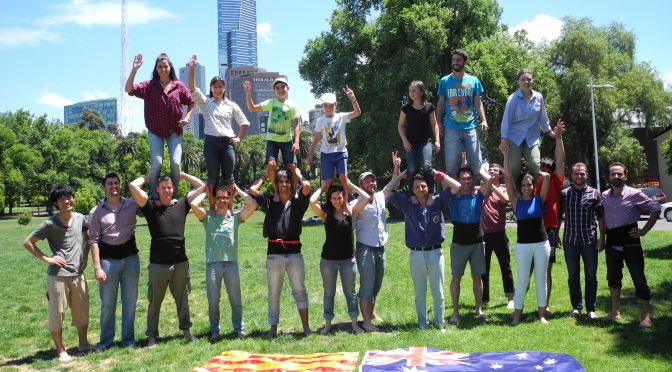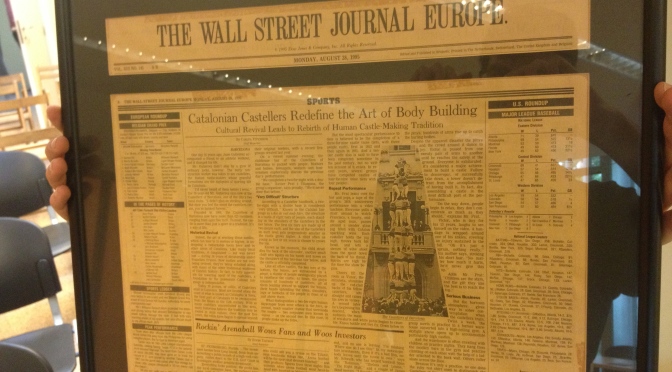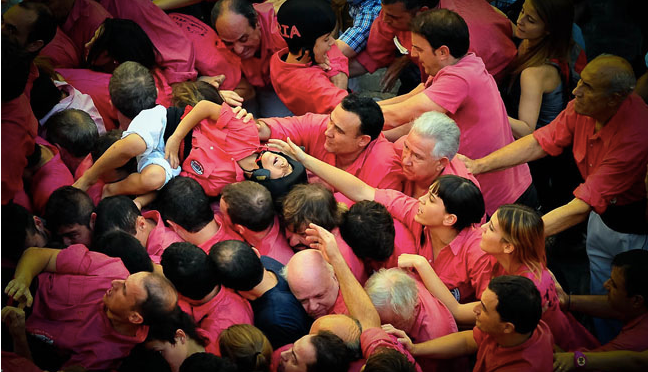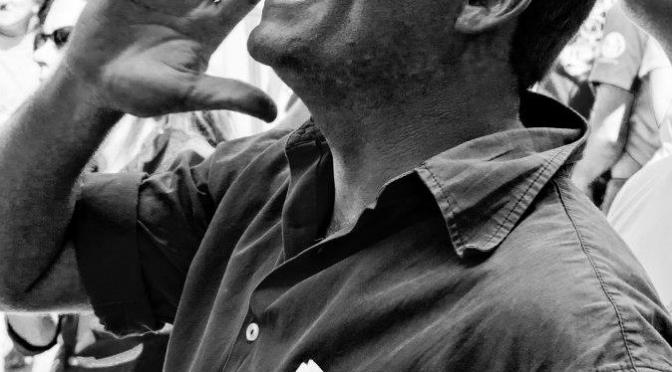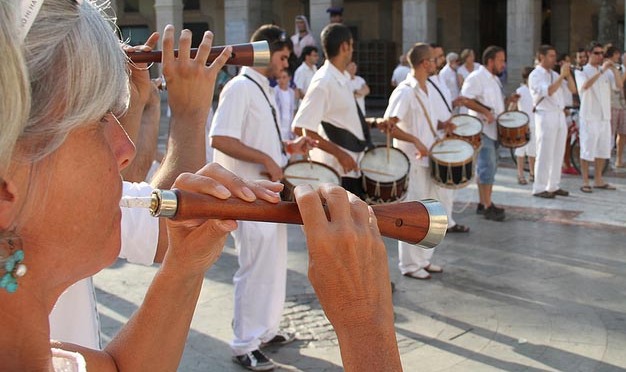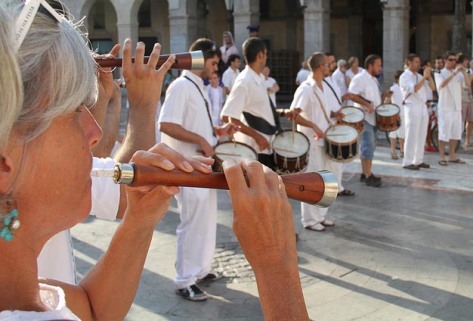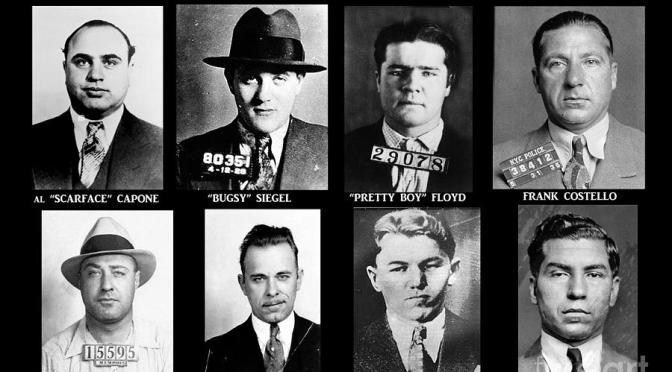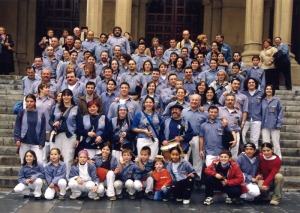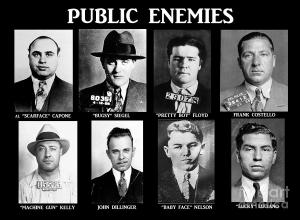Yes. And no. But yes. Let me explain it better:
Well, for me they actually have a certain degree of competitiviness, and a proof of it is that every two years a tournament is held: the “Concurs de castells”. This contest is set in Tarragona, where the colles who enter into the tournament compete between them, and we are talking about something like the Champions League of Castells. And I am not kidding.
(If you hit HERE you’ll find a Spanish video I couldn’t link properly where the news reporter says that the Concurs is the Champions League of Castells. Literally!)
Although, they say that the contest is split in three days, but I guess that we could talk more about three contests for each kind of colla. This is, during the season, the colles try to do their best and get classified for sunday, which is the day where the competition is for the biggest prices. So more or less the comparision with the UEFA Champions League is more or less correct, as the CL doesn’t start only with the group phase, but there are a lot of previous qualifying phases. By the same token, colles try to do their best when it comes to a Concurs’ year.
Continue reading Are castells a competition? →
